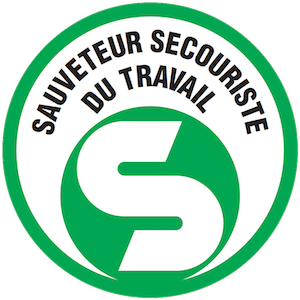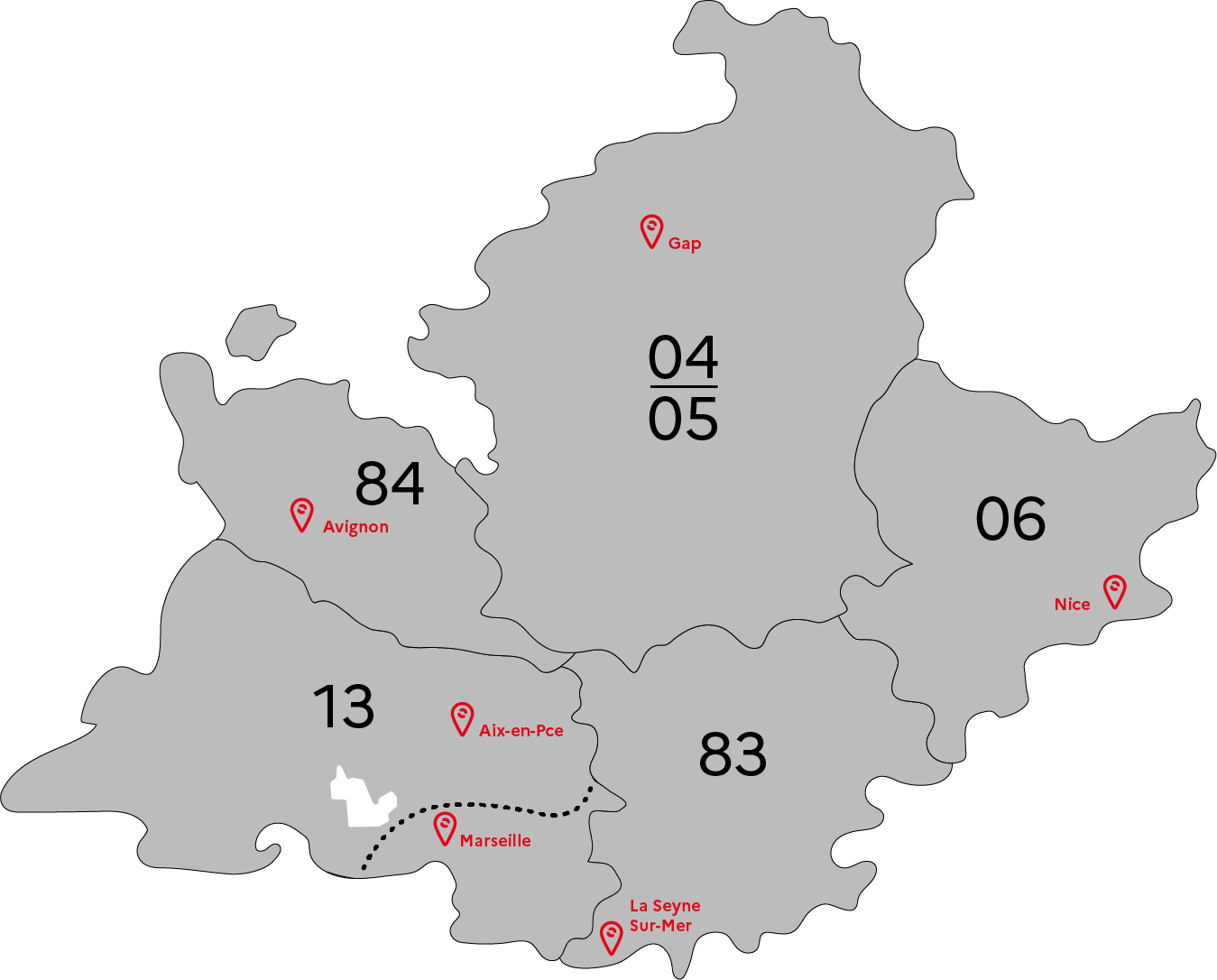L'opérateur en vidéo protection et télésurveillance assure une surveillance intrusion, incendie, technique (ascenseurs, groupes électrogènes…) voire social (personnes âgées, personnes malades) de sites dotés d'installations d'alarme. En vidéosurveillance ou vidéo protection, il exploite les images provenant des écrans pour assurer une veille continue sur les lieux, espaces ou bâtiments à surveiller. En télésurveillance, il assure la réception, le traitement rapide et efficace des informations reçues et des évènements en fonction des consignes définies conformément au cadre légal, au code déontologique et aux procédures internes de l'entreprise.
A l'issue de la formation, le candidat est en mesure de:
En vidéoprotection:
- visionner, analyser, exploiter des images émanant de tout système qui produit des images pour sécuriser des personnes, des lieux, des espaces ou des bâtiments
- déclencher et suivre les différents types d'intervention (alarmes, télésurveillance, astreinte) en vue d'informer les acteurs privés ou publics chargés d'intervenir sur les sites
- tracer les événements sur le registre prévu à cet effet ou sur une main courante informatisée.
En télésurveillance:
- réceptionner, traiter rapidement et efficacement des alarmes provenant des systèmes de sécurité (alarmes intrusion, incendie, technique), couplés ou intégrés à des dispositifs de vidéoprotection.
- en cas d'événement, écouter l'interlocuteur, le questionner, et reformuler sa demande afin d'établir un constat de la situation, et qualifier la nature et le degré d'urgence.
- diligenter à distance l'intervention des personnes habilitées ou des services concernés selon les priorités définies par les procédures.
- s'assurer du retour à la normalité des systèmes de sécurité.
L'accès aux deux activités est réglementé et nécessite une carte professionnelle.La formation est composé de 2 blocs de compétences sanctionnés par un certificat de compétences professionnelles (CCP):
BC01 - Sécuriser des personnes, des lieux et des biens à l'aide de moyens de vidéoprotection (CCP1)
Veiller au fonctionnement des installations et équipements de vidéoprotection en centre d'exploitation
Assurer la sécurisation des personnes, des lieux et des biens par un système de vidéoprotection
Analyser et exploiter les images ou les alarmes d'un système de vidéoprotection
BC02 - Gérer la sécurité des personnes, des lieux et des biens au moyen d'un dispositif de télésurveillance et réguler l'organisation des interventions (CCP2)
Veiller au fonctionnement et à la sécurité d'un centre d'exploitation en télésurveillance
Réceptionner et traiter l'information et la communication en télésurveillance
Apporter un conseil de niveau 1 au client en télésurveillance
Déclencher et réguler l'intervention des personnes habilitées ou des services compétents
S'assurer du retour de fonctionnement à la normalité des systèmes de sécurité
+ d’informations sur cette certification (RNCP37879, libellé exact du diplôme, nom du certificateur, date d’enregistrement de la certification) en cliquant ici.
Niveau classe de terminale ou première ou équivalent.
CAP/BEP/titre professionnel de niveau 3 dans les métiers de la sécurité avec 3 ans d'expérience dans le métier de la sécurité ou de la relation client à distance.
Les professionnels de la surveillance, non diplômés, sous réserve de validation par nos équipes .
Maîtrise de la langue française indispensable à l'oral et à l'écrit, pour l'expression et pour la compréhension.
Capacité à rédiger un compte rendu informatisé.
Une autorisation préalable à l'entrée en formation est indispensable. Elle est délivrée par le Conseil National des Activités Privées de Sécurité (CNAPS).
12 personnes
Positionnement en amont de l'entrée en formation.
Entretiens avec la coordonnatrice de dispositif et/ou le responsable de pôle en amont de formation.
Pour les bénéficiaires en situation de handicap : adaptation possible des modalités de formation et de certification, accompagnement par le référent TH du GRETA-CFA.
Formateurs expérimentés dans l'individualisation des apprentissages.
Formateurs avec une expérience significative en formation d'adultes, intervenants professionnels.
Épreuves en fin de formation (Évaluation ponctuelle)
Évaluations en cours de formation (ECF)
Dossier professionnel
Entretien avec un jury professionnel
Possibilité de valider un/des blocs de compétences
Test de positionnement et entretien sur rendez-vous.
Participer à la réunion d'information collective et de positionnement ( ICOP ).
Inscription possible sur votre espace personnel : www.pole-emploi.fr
Se présenter avec la fiche de liaison du prescripteur (Mission locale, Pôle emploi...).
La formation permet d'accéder aux métiers suivants : Agent de sécurité - opérateur SCT1, agent de sécurité - opérateur SCT2, opérateur en vidéoprotection et opérateur en téléassistance.
Exercer dans les entreprises :
Accès personnes en situation de handicap
Lieu accessible aux personnes en situation de handicap.Transport
Accès par le train :
Gare SNCF à proximité - Gare TGV Aix-en-Provence + navettes régulières jusqu'à la gare routière.
Accès par la route :
Autoroute A7, direction Aix sortie N°29
Autoroute A8, direction Aix sortie N°30
La réussite au CCP 1 permet l'obtention de la carte professionnelle avec la mention opérateur en vidéoprotection.
La réussite au CCP 2 permet l'obtention de la carte professionnelle avec la mention agent de télésurveillance
Taux de réussite : > 80 %
Taux de satisfaction : > 80 %
Taux de recommandation par nos anciens stagiaires : > 80 %
Taux d'insertion en emploi : > 70 %
GRETA-CFA Provence
GRETA-CFA Provence


FORPRO-PACA
Réseau Formation Professionnelle
de l'Éducation nationale
FORPRO-PACA RECRUTE
ACCÈS DIRECT
